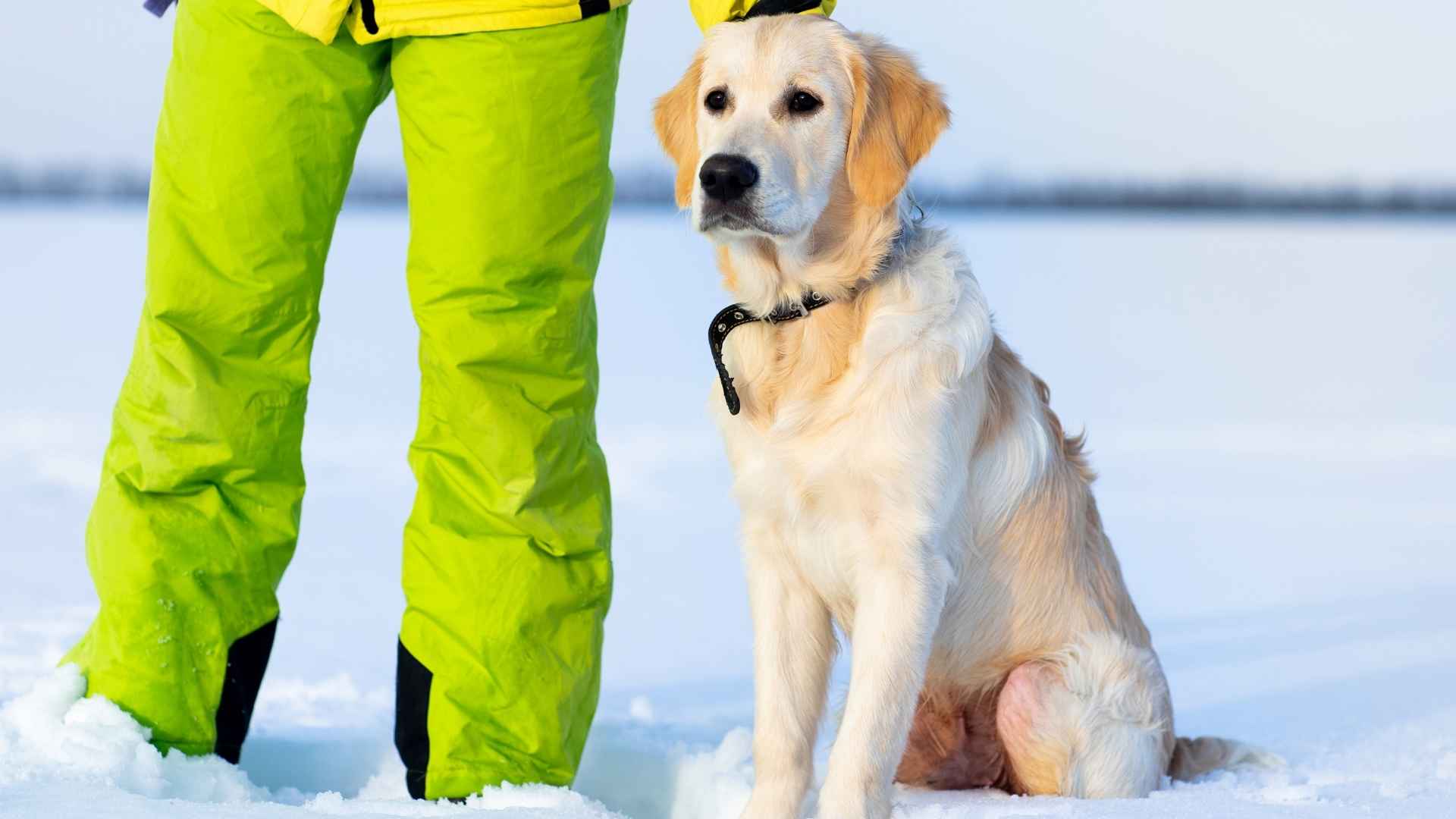Avalanche rescue dogs are real-life heroes, trained to locate buried victims under layers of snow when every second counts. Their use in rescue efforts dates all the way back to the 1600s, and their contributions have been nothing short of life-saving.
But not just any dog can do this job. It takes a special kind of breed—highly intelligent, with boundless energy, and able to thrive in freezing, high-altitude conditions.
These avalanche dogs undergo a rigorous dog training process to seek human scent maneuvering deep snow, often working in dangerous terrain where machines and humans alone would struggle. They’re more than working dogs—they’re lifesavers.
Here, we’re diving into the elite team of breeds used in avalanche search and rescue missions across the world. Whether you’re a fan of working dogs, winter sports, or just love hearing about heroic hounds, this one’s for you.
Dog Breeds Trained For Avalanche Rescue
1. Bloodhound
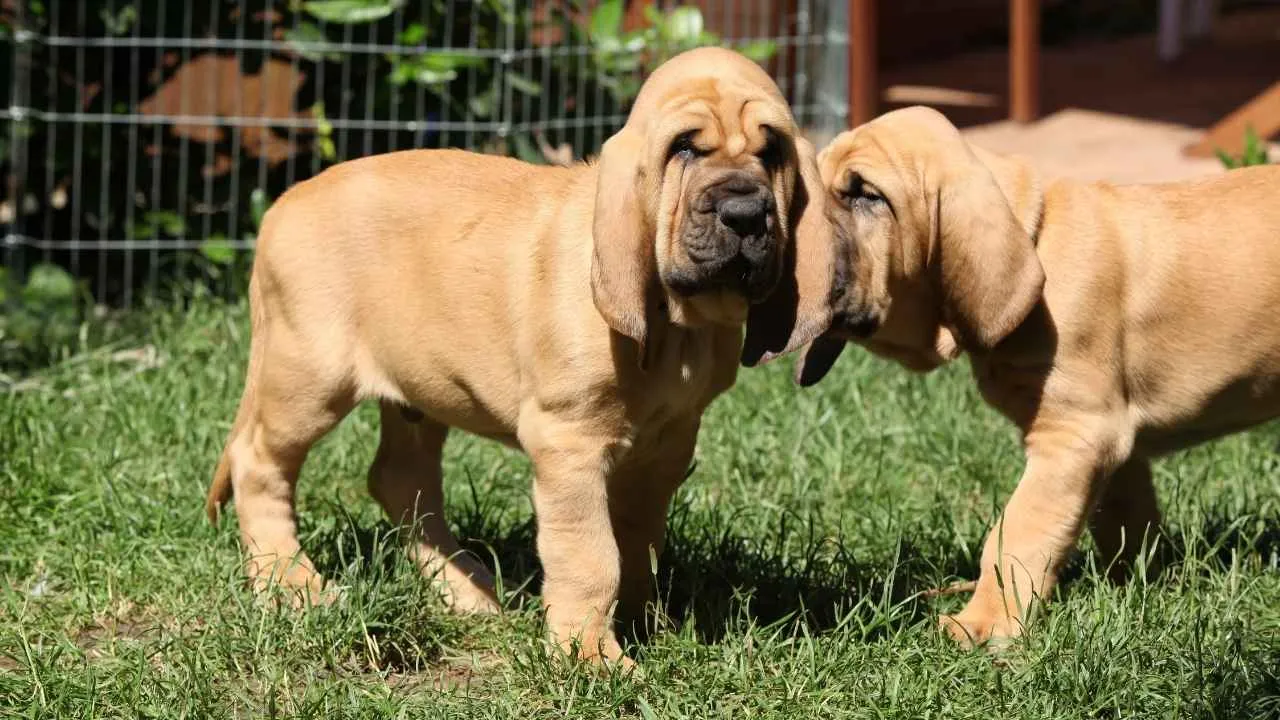
If avalanche rescue dogs were ranked by nose power alone, the Bloodhound would be the undisputed champion, wearing a Sherlock cap and carrying a magnifying glass (in spirit, of course). Bloodhounds are large, droopy-faced scent hounds famous for their unmatched tracking abilities and signature wrinkly charm.
Weighing between 80 to 110 pounds and standing about 23 to 27 inches tall, they have a loose-skinned, rugged look with long, velvety ears and deep, soulful eyes that seem to carry centuries of wisdom—and maybe a little mischief.
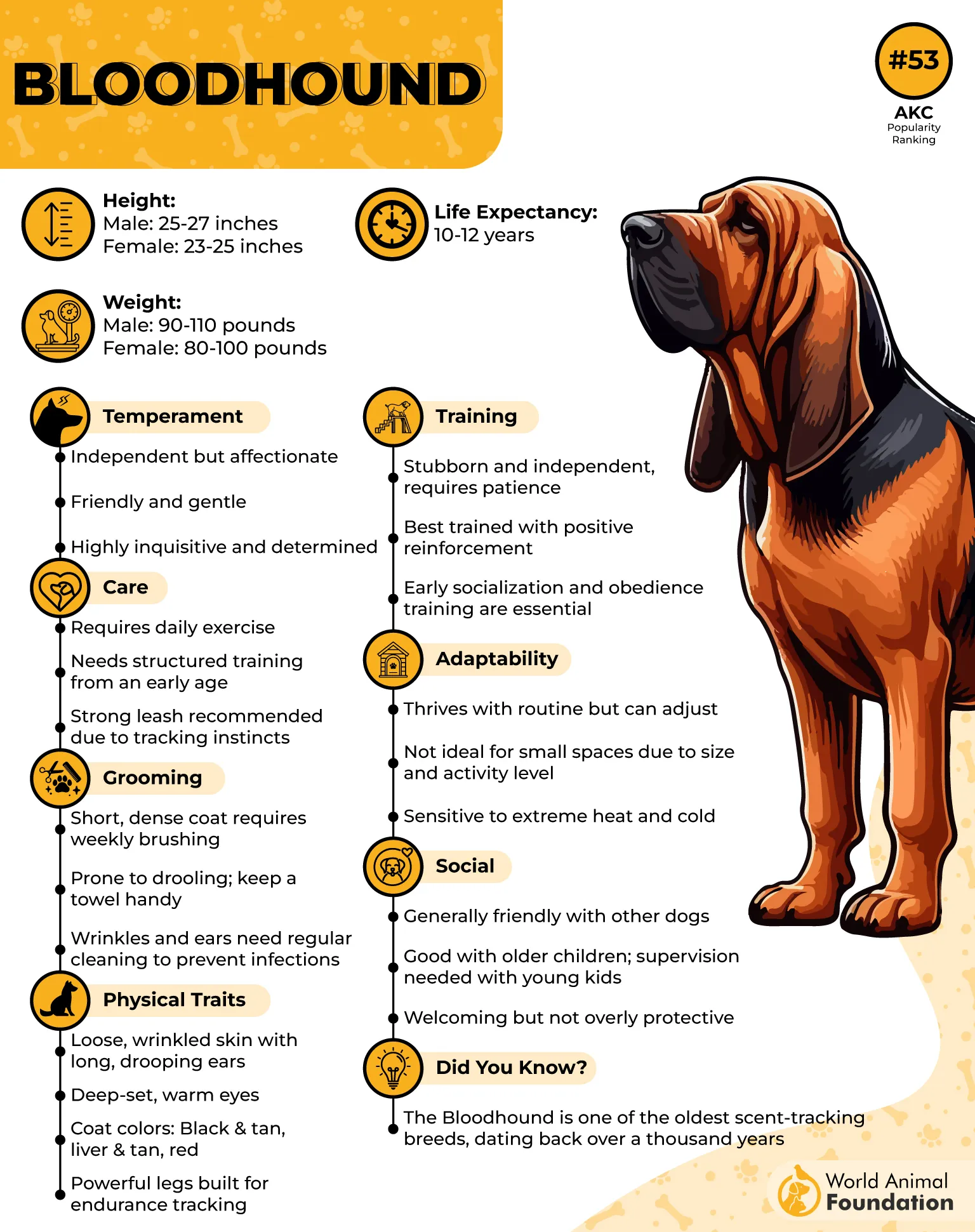
These droopy-eared, soulful-eyed scent detectives have noses so powerful they can follow a human scent trail days old and miles long — even buried deep under layers of snow. When every second counts, Bloodhounds put their noses to work like the world’s most dedicated cold-case detectives.
Why Bloodhounds Are the Ultimate Snow Sleuths:
Bloodhounds possess around 300 million scent receptors (compared to our mere 5 million). That’s a practically unfair sniffing advantage.
Once a Bloodhound picks up a trail, nothing distracts them—not snow, not wind, not the promise of a steak dinner.
Despite their serious sniffing skills, Bloodhounds are friendly and loving, ready to comfort survivors with those big, soulful eyes once found.
While they might not be the flashiest or fastest rescue dog, Bloodhounds make up for it with nosework so precise it’s practically supernatural. So, if you’re ever buried in snow and hear a drool-dripping sniff coming your way, you’ll know help—and a whole lot of love—is right behind.
2. German Shepherd
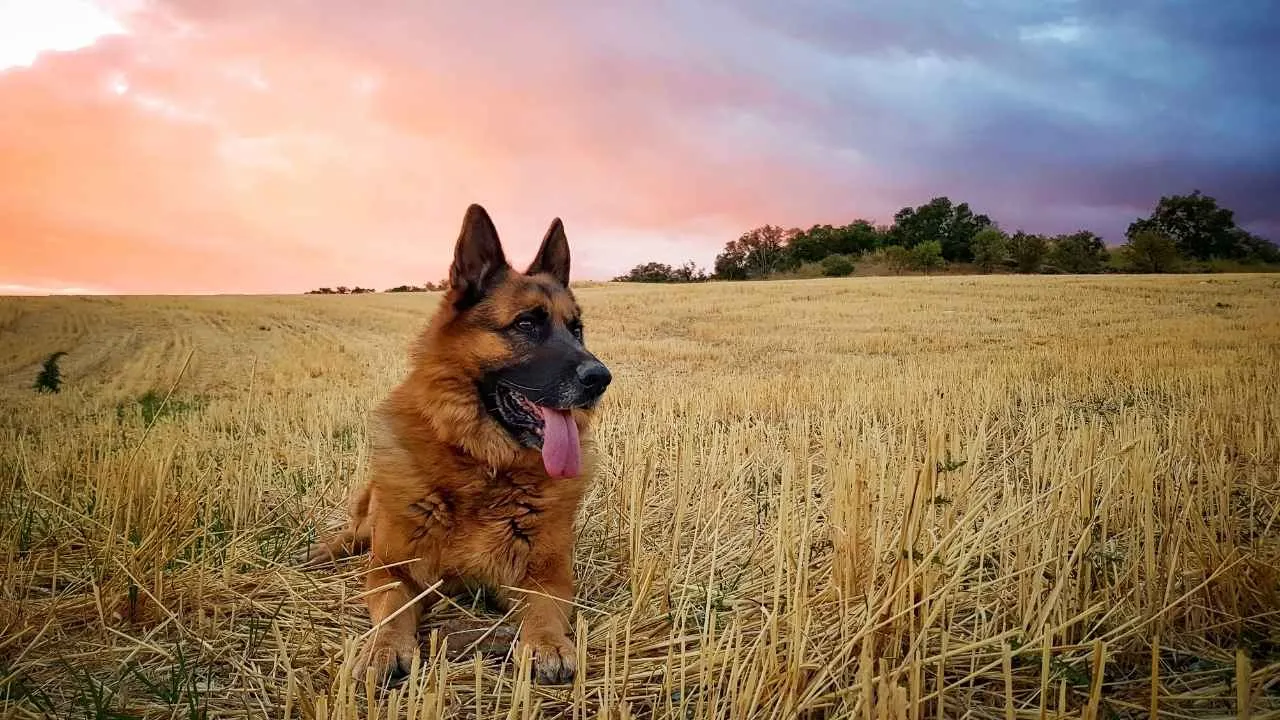
When an avalanche strikes and the world is white, wild, and deadly cold, send in the German Shepherd—the classic hero dog with a heart of steel and a head full of brilliance.
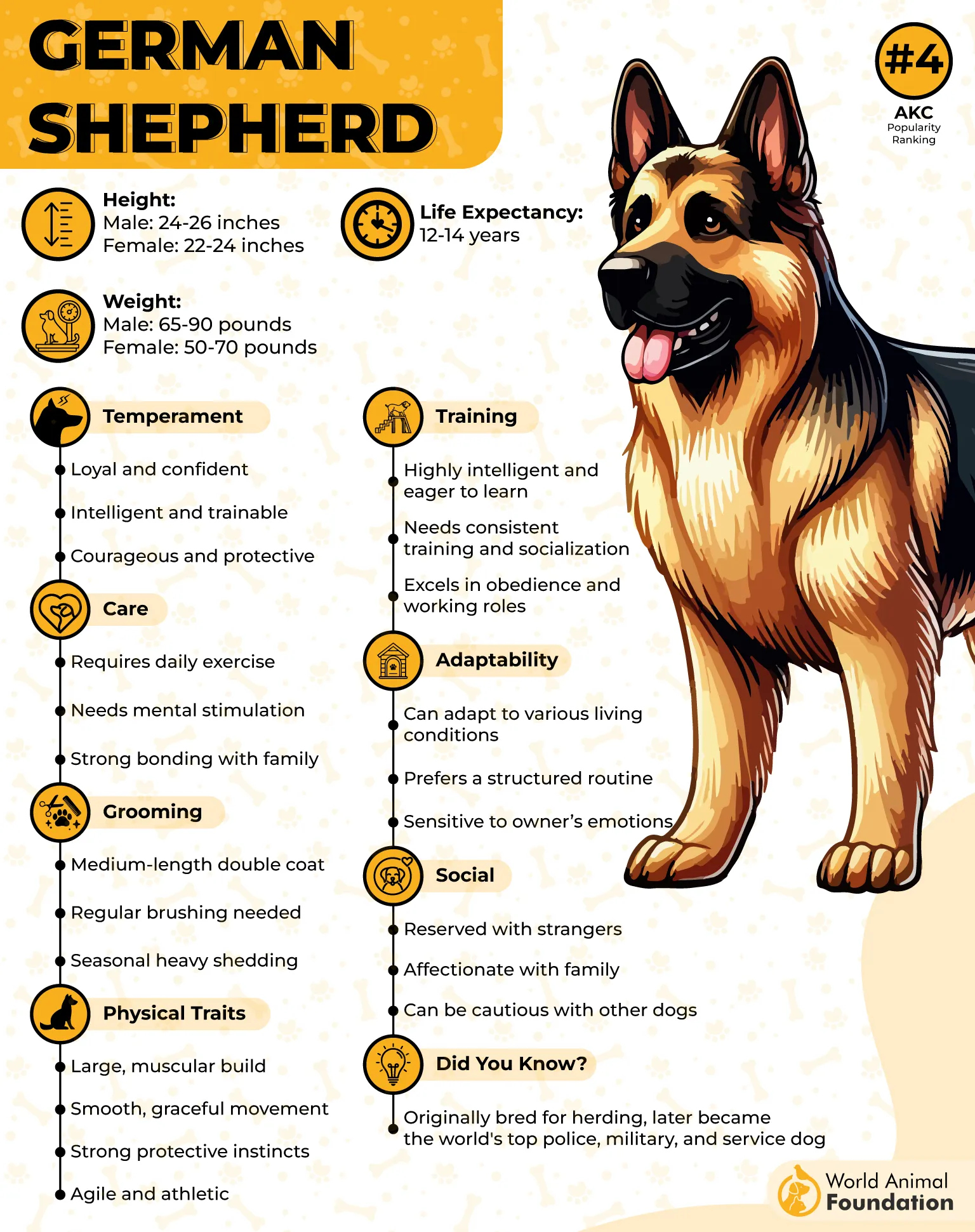
Strong, loyal, and built like a snow-crunching machine, this breed has been a staple in search-and-rescue missions for decades. One legendary case? Austria, late 1950s—a powerful avalanche buried multiple people alive.
Among the rescue team was a determined German Shepherd who refused to give up, tirelessly digging and sniffing until five lives were saved. No headlines, no medals—just a good dog doing what good dogs do best.
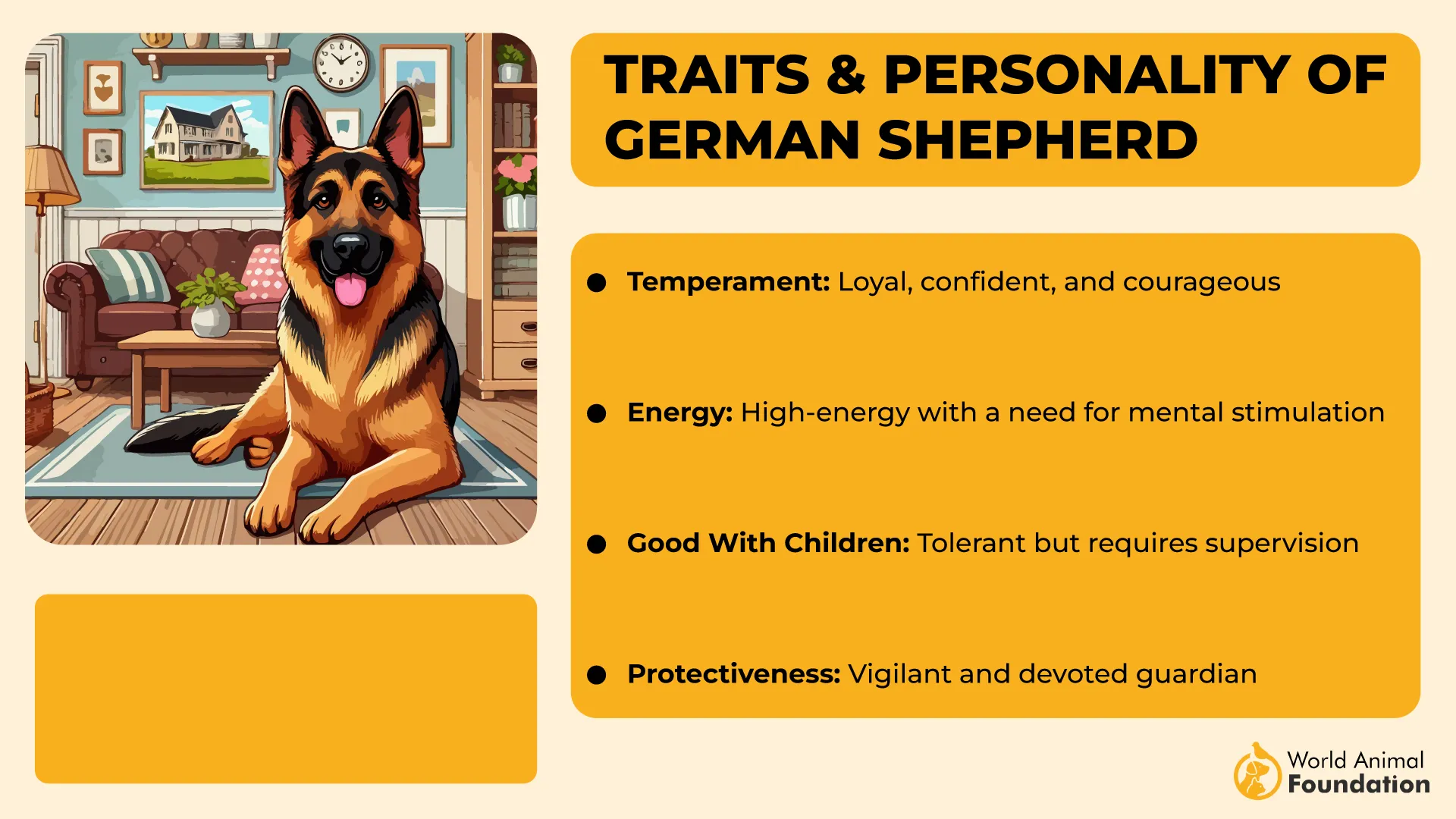
Why German Shepherds Are Avalanche All-Stars:
These police dogs don’t flinch at howling winds or treacherous terrain—they’re mission-focused from the jump.
Their intelligence makes them quick learners, perfect for the complex demands of avalanche rescue training.
Agile, strong, and cold-weather capable, they can handle the harshest alpine conditions.
German Shepherds are highly intelligent, obedient, and deeply loyal dogs known for their strong protective instincts.
While they’re devoted to their families, they can become overprotective of their home and loved ones if not properly socialized from a young age. Naturally cautious around strangers, they’re not the type to instantly warm up to new people, as per Wikipedia.
3. Basset Hound
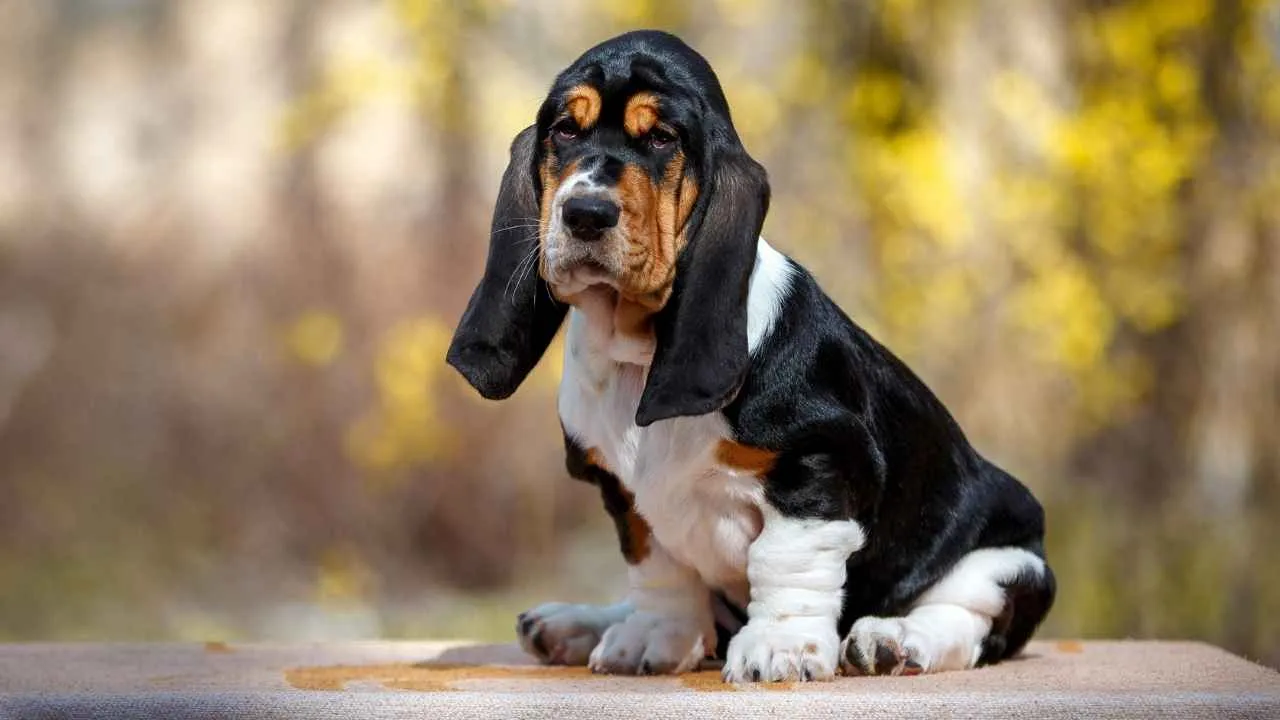
When you think avalanche rescue, you probably picture sleek, speedy snow dogs—not a short-legged, droopy-eared Basset Hound waddling through the snow.
But hold on! These charming low-riders pack a seriously powerful nose that’s built for sniffing out hidden scents.
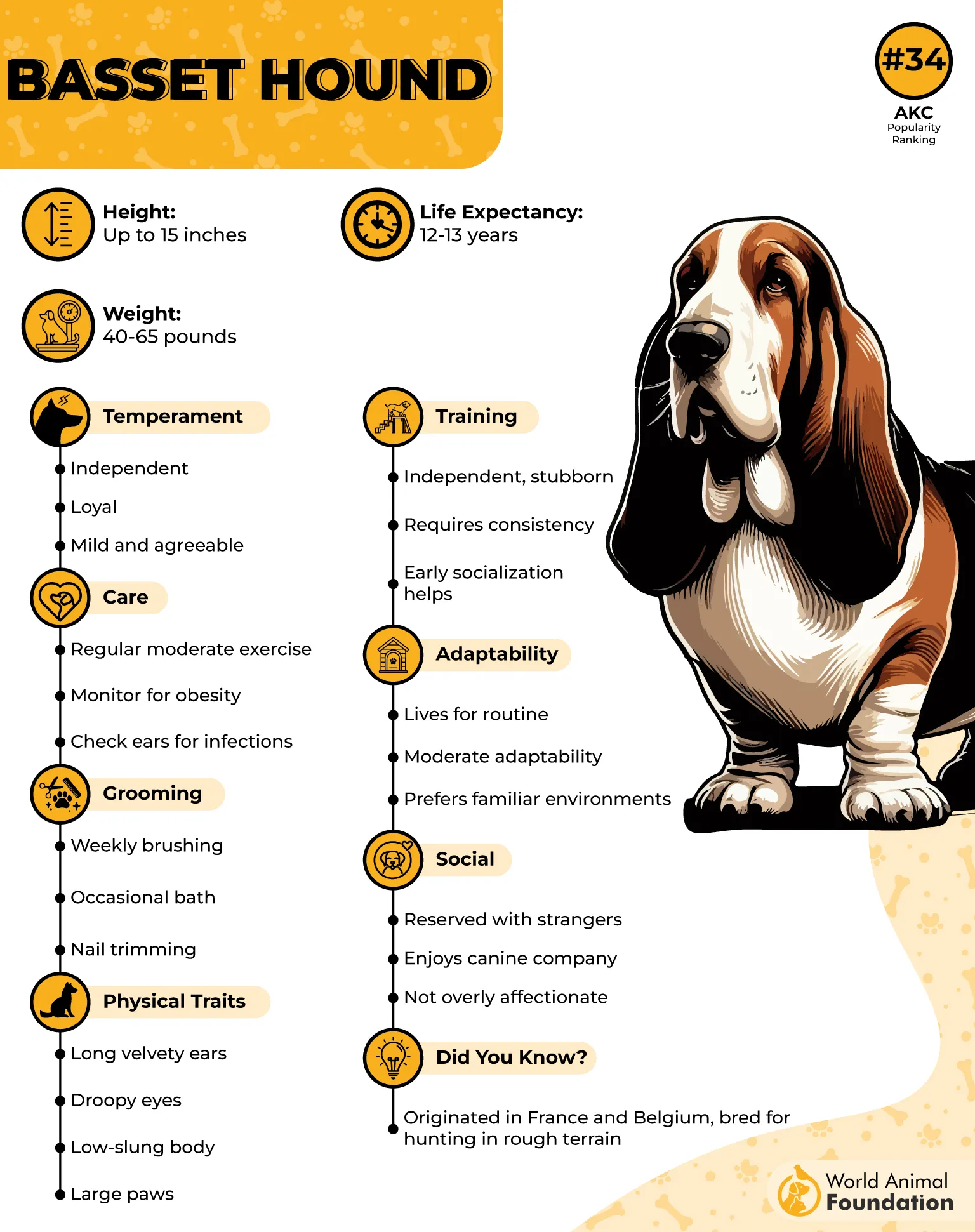
Though they might not be snow racers, Basset hounds are relentless trackers. Their noses are so sensitive that once they lock onto a scent, they won’t let go—no matter how deep the snow or how long the trail.
Why Basset Hounds?
They may not zoom, but their steady, persistent pace means they don’t miss a thing.
Their short stature actually helps keep their nose closer to snow layers, enhancing scent detection.
Their mellow temperament helps keep rescue missions low-stress for both humans and canine teammates.
So next time you picture a heroic avalanche dog, remember the Basset Hound: slow and steady, but with a sniffing superpower that’s absolutely snow-worthy.
4. Saint Bernard
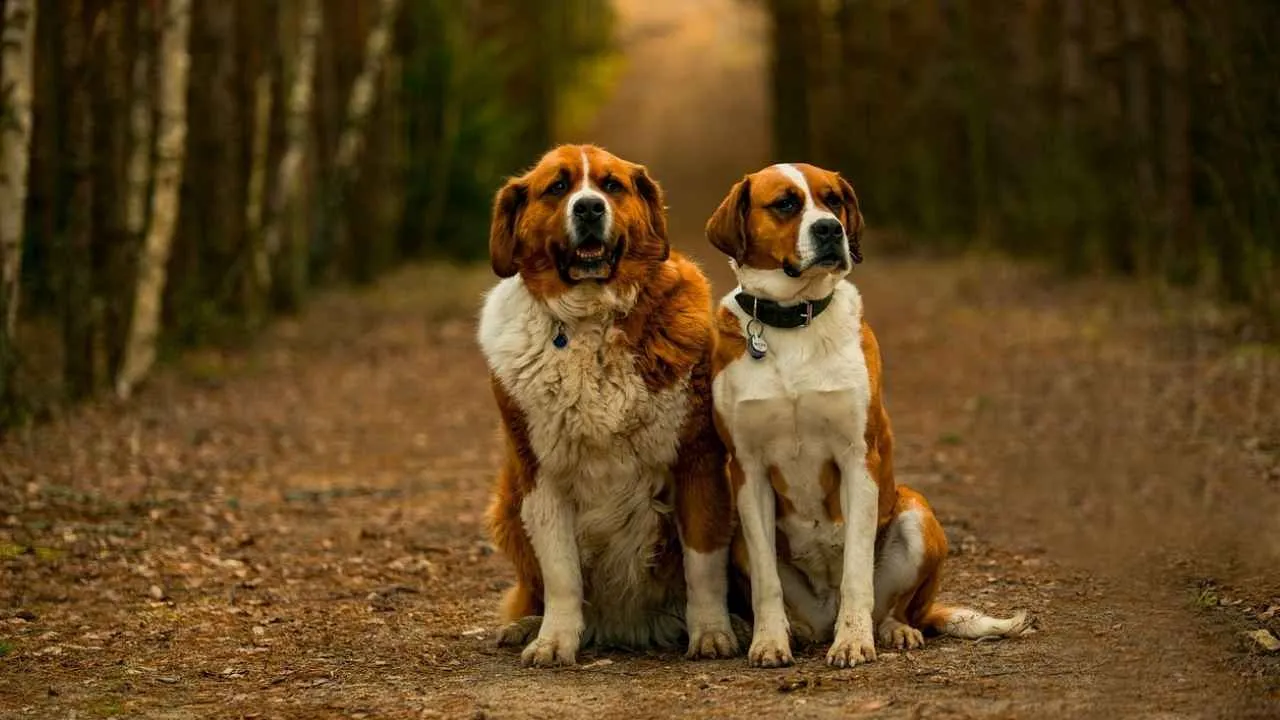
Before GPS, drones, and snowmobiles, there was the Saint Bernard—the original avalanche rescue dog, lumbering through the Alps with a barrel of brandy (okay, that part’s mostly myth) and a mission to save stranded travelers.
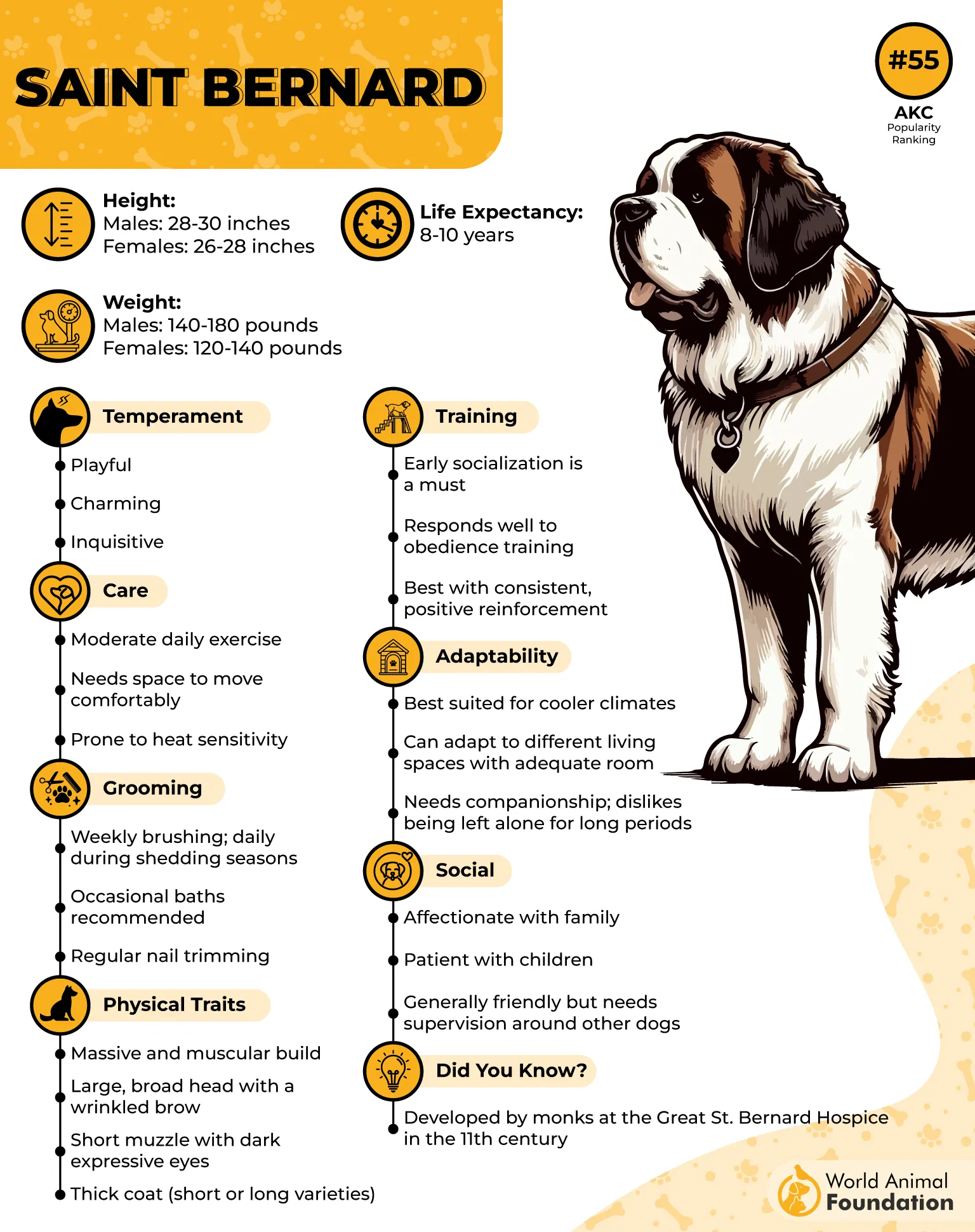
These massive, snow-crushing, gentle giants earned their reputation in the Great St. Bernard Pass between Switzerland and Italy, where monks trained them in the 1700s to find and rescue lost souls after avalanches. No dog has more old-school mountain clout.
Why Saint Bernards?
They can move through deep snow like a warm, fuzzy snowplow—no skis required.
When they find someone buried or stranded, their gentle nature is deeply comforting, like being hugged by a walking sofa.
Their dense coats and large size help them thrive in subzero, blizzardy conditions.
Saint Bernards are known for their calm and gentle nature, making them a fantastic addition to families. PetMD noted their mellow demeanor shines especially around children who understand how to interact respectfully with dogs, earning them a reputation as patient and loving companions.
5. Labrador Retriever
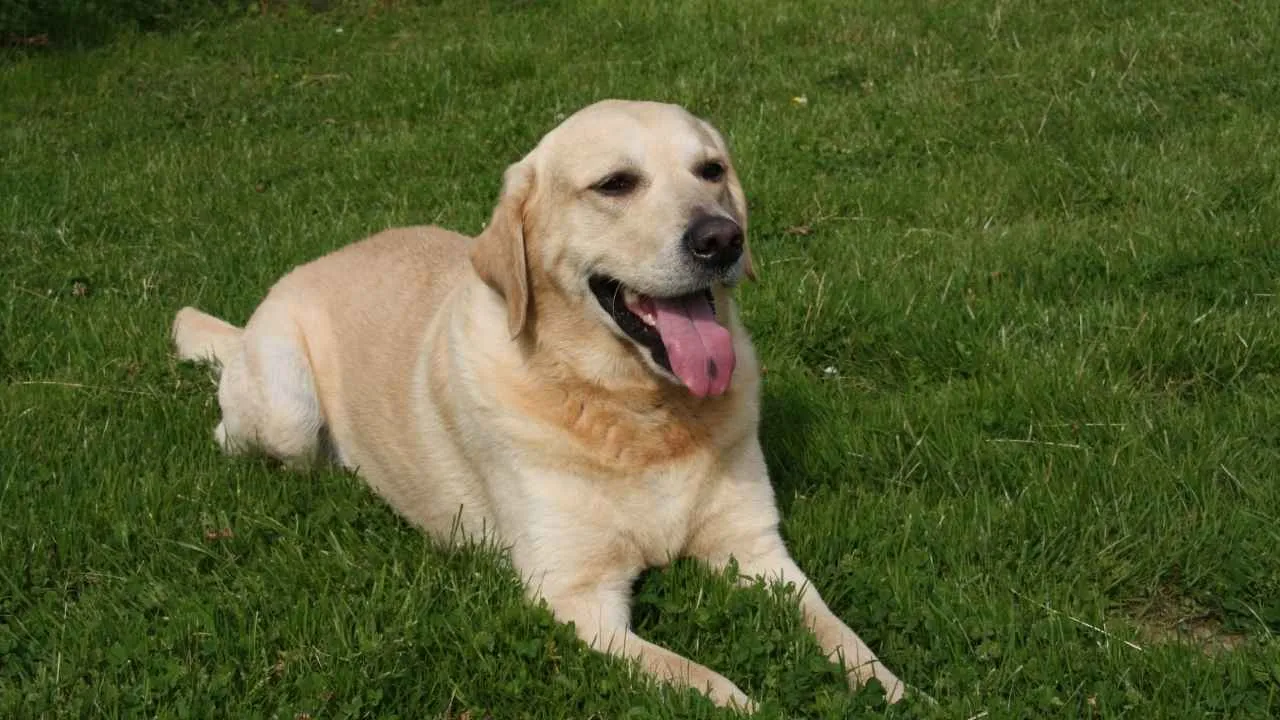
While modern rescue teams now favor lighter, speedier breeds, the Saint Bernard remains an iconic symbol of alpine heroism. If you’re buried in a snowbank and you hear slow, crunching paws approaching, just relax. You’re about to be saved by a legend.
Don’t let their goofy grins and snack-driven priorities fool you—Labrador Retrievers are serious avalanche rescue contenders. And if you’re ever buried under a mountain of snow, you might just find your life saved by a determined tail-wagger named Apollo.
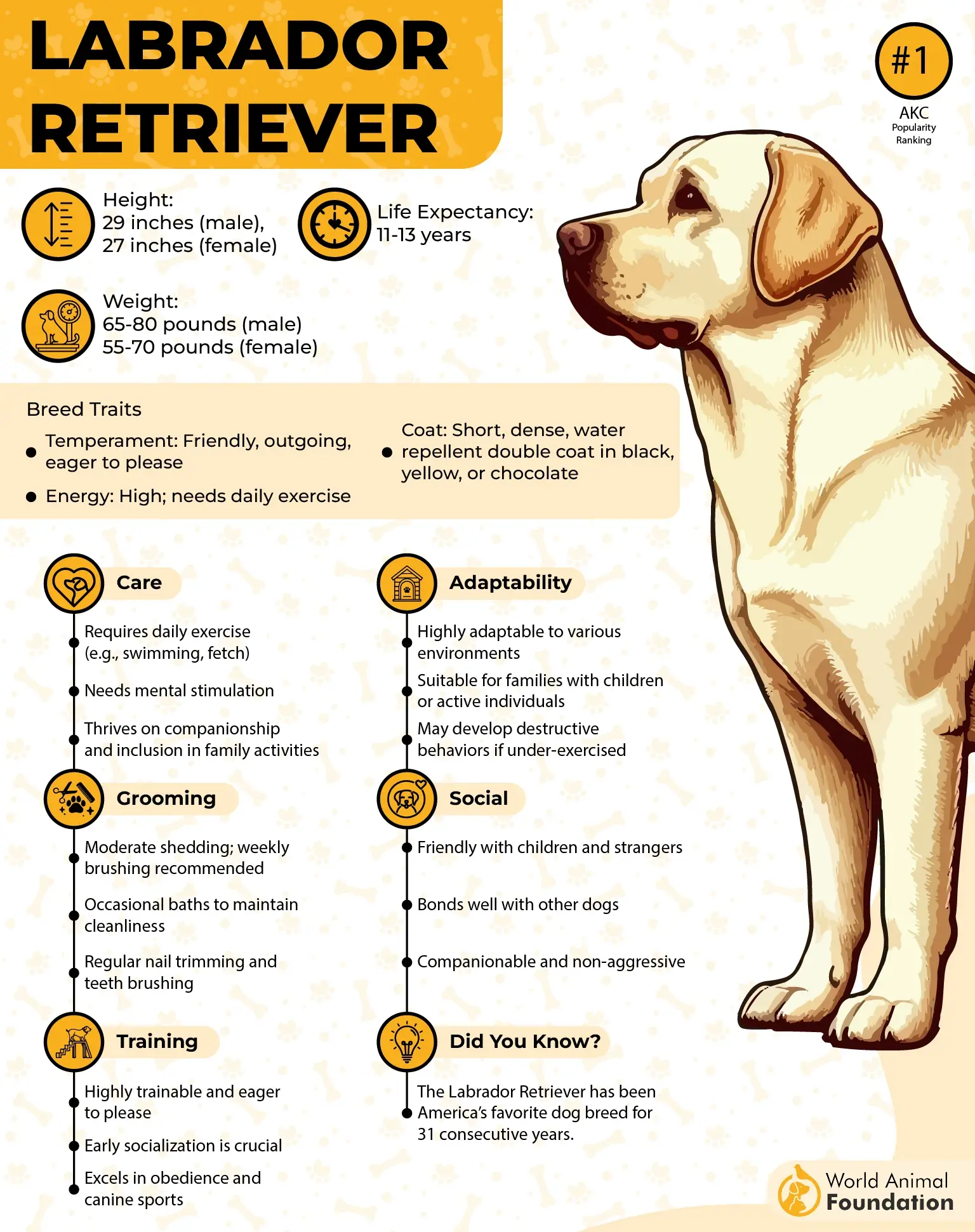
Apollo, trained by the Rocky Mountain Rescue Dogs in the U.S., became a legend in 2010 after responding to an avalanche in Colorado. Battling deep snow and brutal conditions, he found three trapped survivors and helped guide rescuers straight to them.
Why Labrador?
Labs have powerful scent receptors—they can detect human scent even when buried beneath six feet of snow (or a pile of dirty laundry).
Whether it’s fetch or finding people in peril, Labs don’t quit. Snow is just another playground to them, with higher stakes.
They work great in teams and handle chaotic rescue scenes with tail-wagging calmness.
Labradors are the perfect mix of happy-go-lucky and hard-working. They’ll save your life, then lick your face and ask for a treat. Not a bad rescue deal, if you ask us.
6. Border Collie
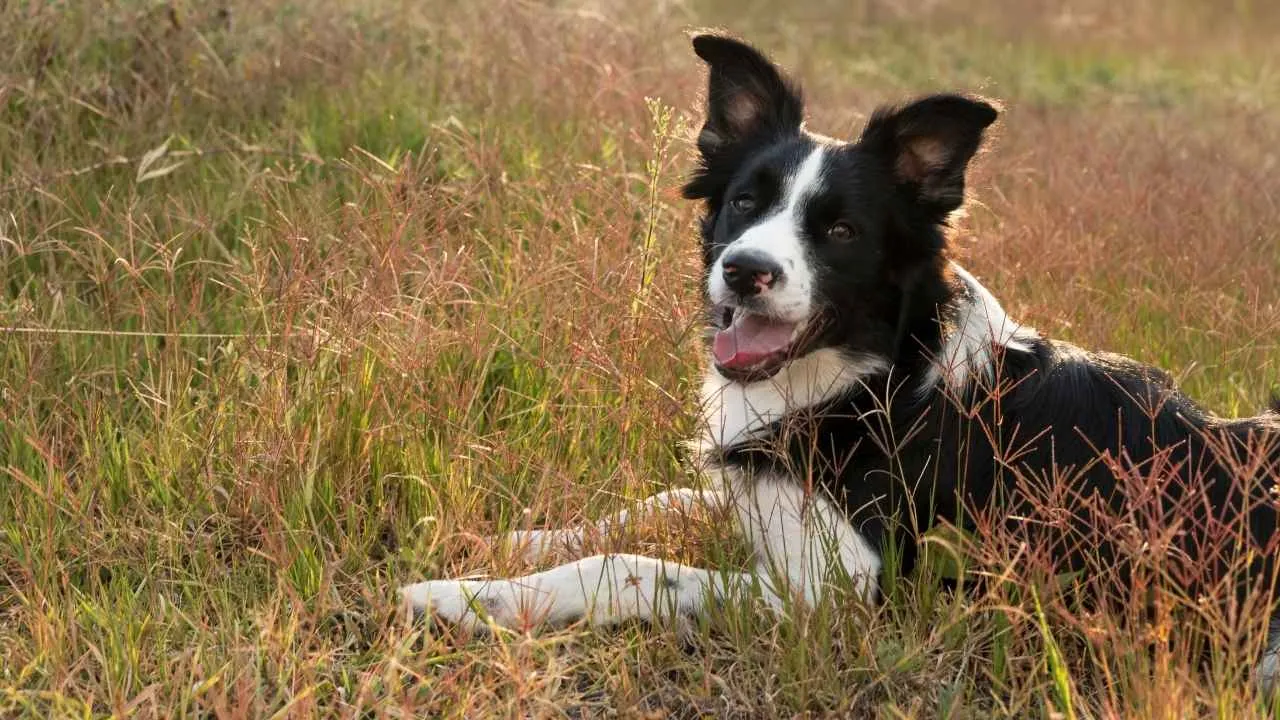
Border Collies are widely recognized as one of the most intelligent dog breeds in the world—and they know it. Originally bred for herding sheep, these medium-sized dogs are agile, athletic, and always ready to work.
Let’s talk about Frigg—a real-life canine hero and prime example of why Border Collies are avalanche rescue legends in their own right. Frigg, trained by the Norwegian Red Cross, made history in the ‘90s by saving a skier buried beneath feet of snow.
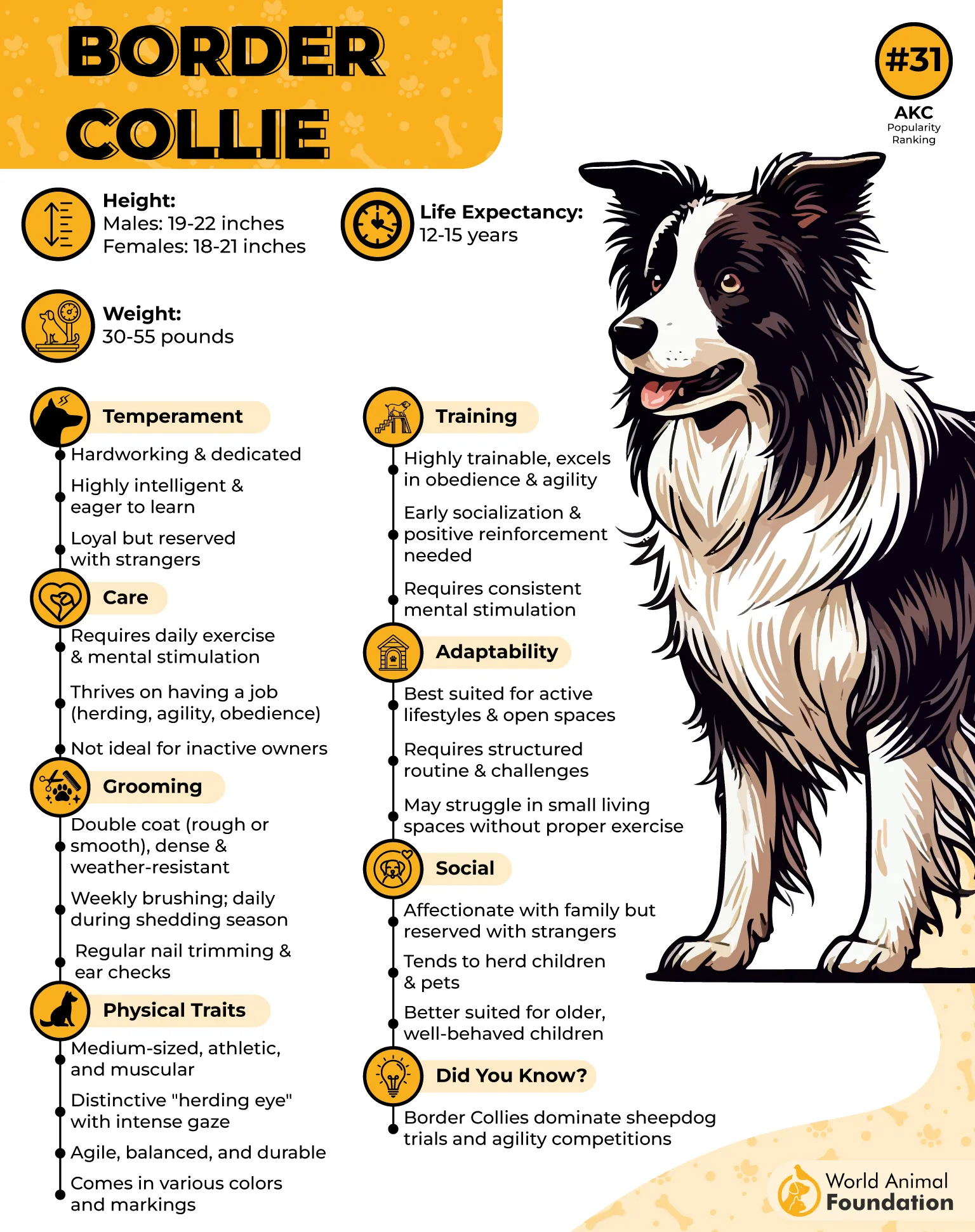
Thanks to her sharp nose and even sharper mind, she sniffed out the exact location and alerted her handler in time. The skier survived. Frigg got legendary status. And Border Collies everywhere gave her a proud tail wag.
Why Border Collies?
If dogs had college degrees, Border Collies would have PhDs in scent detection, snow navigation, and probably quantum physics.
Once they’re on the job, nothing breaks their attention—not even falling snowflakes or snack wrappers.
They can sprint, zigzag, climb, and maneuver over rough terrain like furry parkour masters.
Lightweight but mighty, Border Collies are the brains and grace of avalanche rescue. They don’t just search—they solve the problem with speed, style, and snowy determination.
7. Springer Spaniel
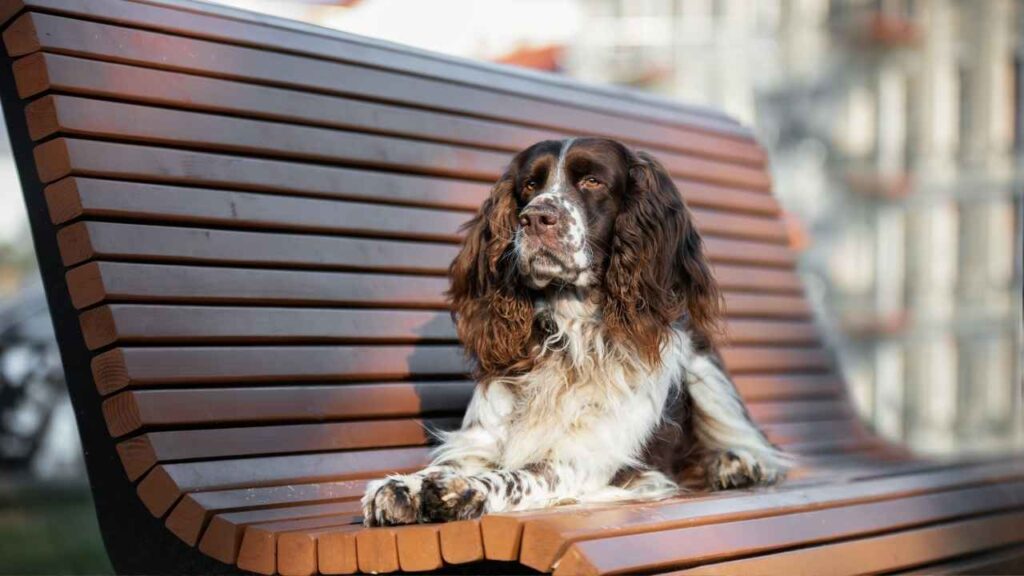
Meet the Springer Spaniel: part search expert, part boundless energy bundle, and 100% ready to dig, sniff, and sprint through snowy mountains to find those in need.
Springers have long been prized for their incredible noses and tireless work ethic—traits that make them excellent candidates for avalanche rescue missions.
They don’t just sniff around; they bounce through the snow with enthusiasm, making the grim task of rescue a little lighter with their sunny disposition.
Why Springer Spaniels?
With a keen nose built for tracking, Springers can locate buried victims beneath snowfields like pros.
They never seem to tire—whether it’s hours of searching or navigating tricky terrain, they’re all in.
Their athletic build lets them cover rugged mountain terrain fast, perfect for racing against time.
So, if you ever find yourself stuck under a blanket of white, you can bet a Springer Spaniel will be the energetic little hero bounding your way, ready to sniff out help and bring it with a wagging tail.
8. Golden Retriever
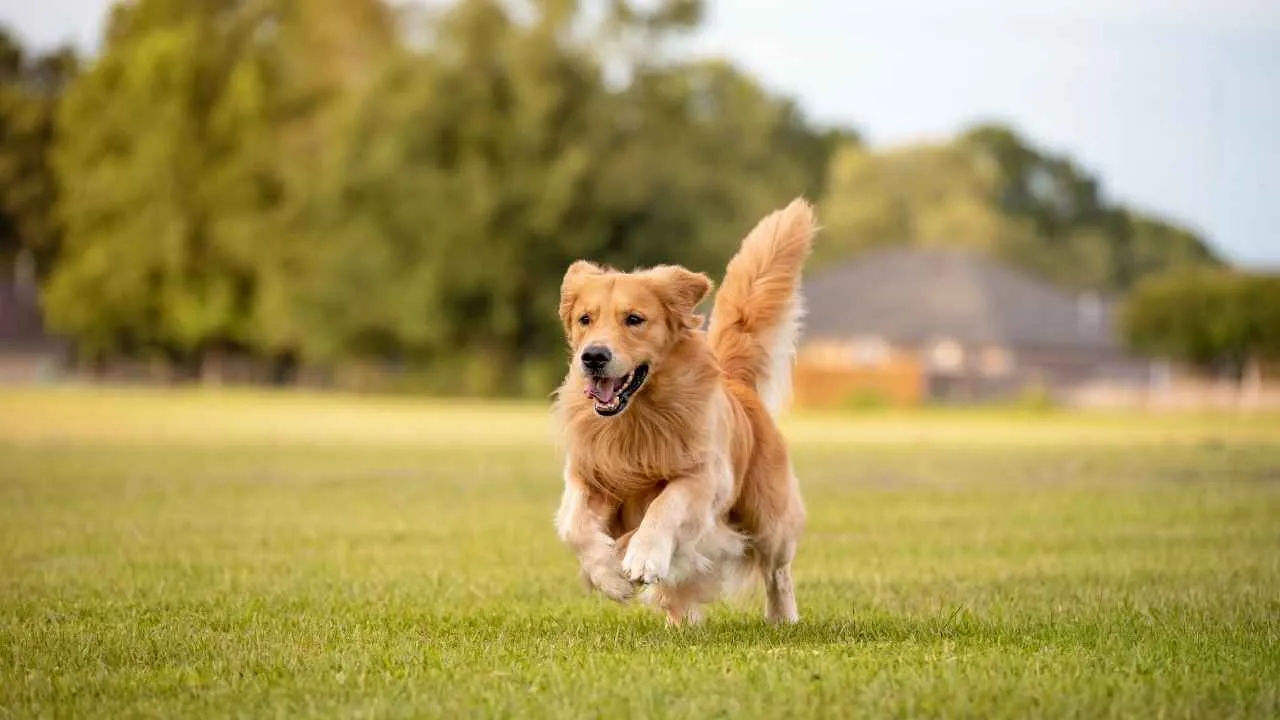
Who says rescue missions can’t come with a smile and a wagging tail? Enter the Golden Retriever—your friendly neighborhood snow angel who just might save your life and pose for a holiday card while doing it.
Golden Retrievers are medium to large-sized dogs, typically weighing between 55 to 75 pounds and standing about 21.5 to 24 inches tall. Known for their flowing golden coats, gentle expressions, and ever-wagging tails, they have an irresistibly friendly and approachable appearance.
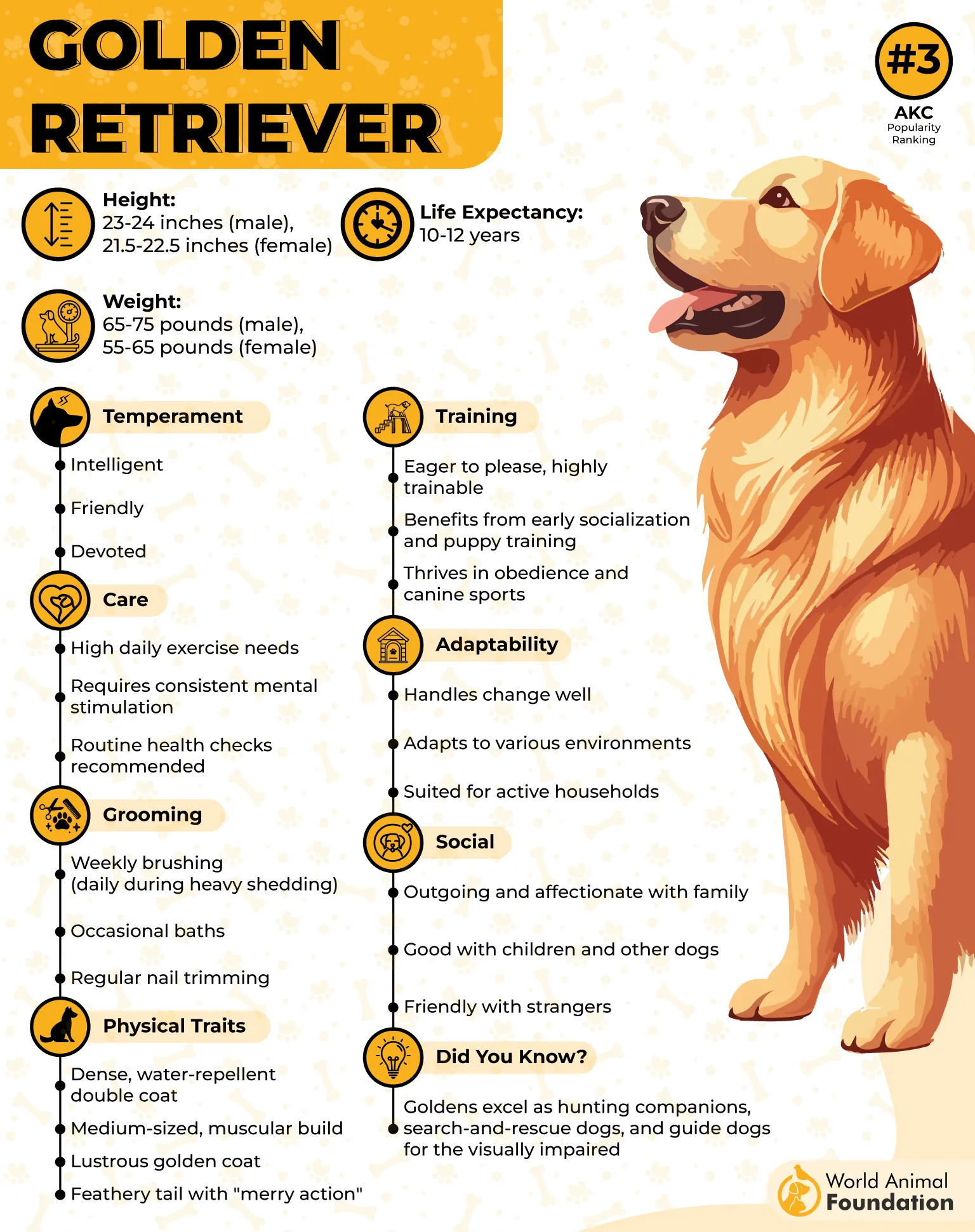
These golden goofballs may be known as family favorites, but don’t let the “cuddly couch potato” stereotype fool you. Goldens have the brains, brawn, and boundless enthusiasm to excel as avalanche rescue dogs.
Why Goldens Rock the Rescue:
Their powerful noses can detect human scent buried under several feet of snow. It’s basically a superpower wrapped in fluff.
These dogs live to please. Tell a Golden to “Go find,” and they’re already halfway up the slope, tail wagging like a flag.
Their thick, water-resistant double coat makes them excellent snow buddies (and walking snuggle machines).
When a Golden Retriever shows up during an avalanche search, it’s like Lassie and a snowplow had a brilliant, golden-furred baby. They’ll dig, sniff, and leap through the snow with joyful determination—rescue with a side of wholesome energy.
9. Newfoundland
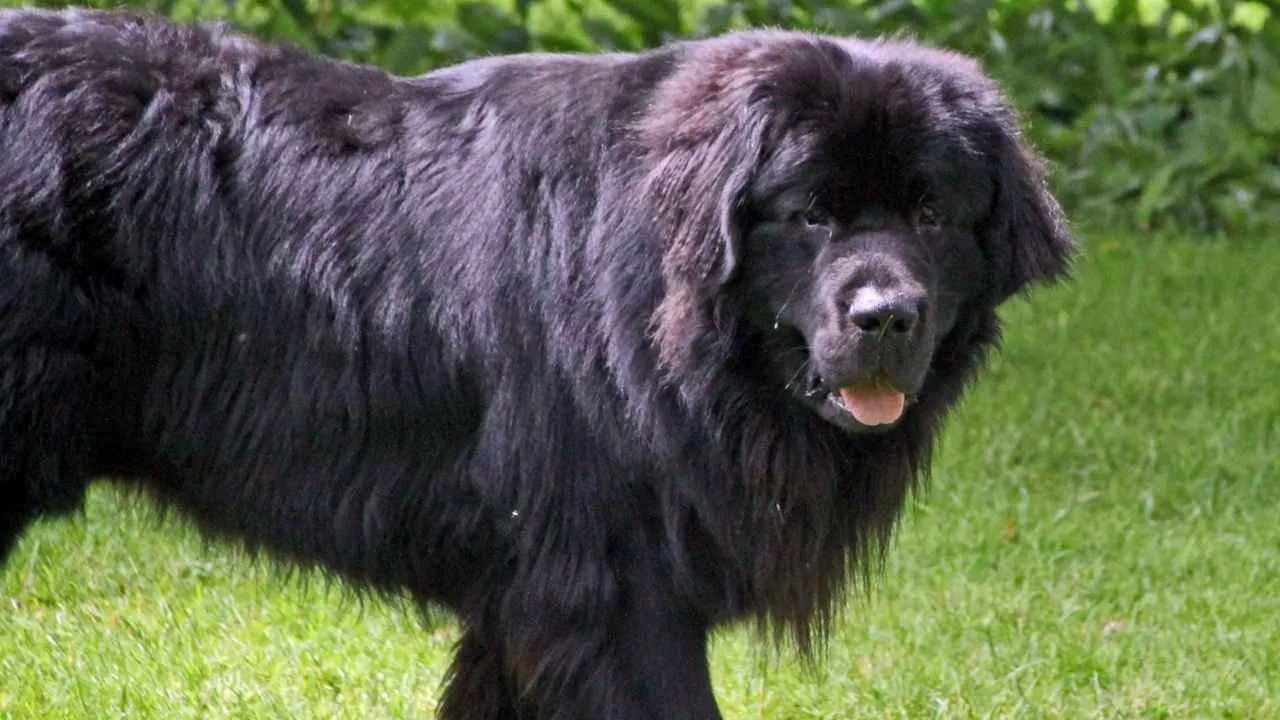
Imagine being rescued by a walking bear in a fur coat who smells like wet snow and love. That’s the Newfoundland—the big, beautiful, burly hero who doesn’t just handle harsh conditions… they were built for it.
The Newfoundland is the gentle giant of the dog world—a walking teddy bear with a lifeguard certification. Towering at 100–150 pounds (sometimes more) and wrapped in a thick, water-resistant double coat, this breed was born for the sea.
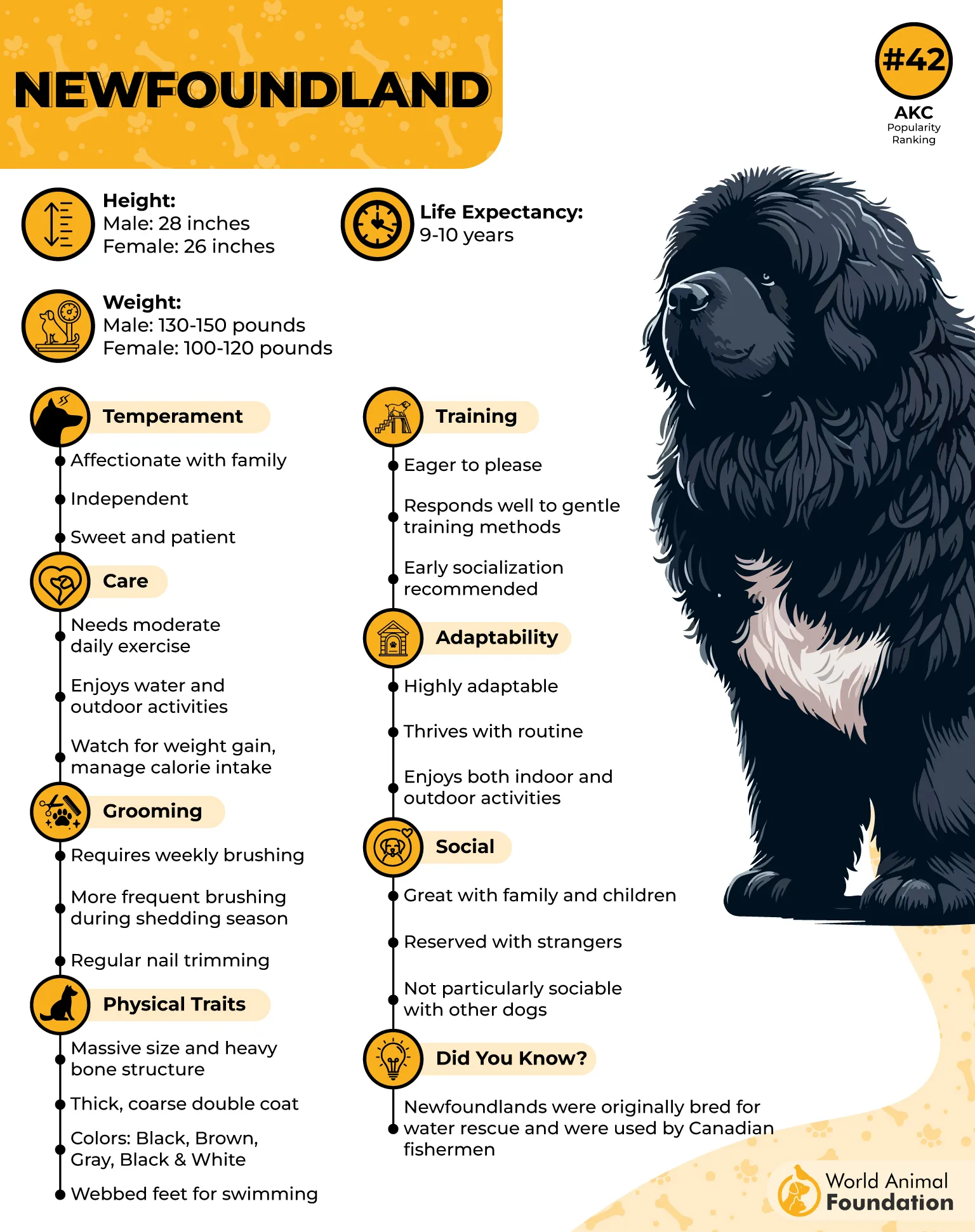
Originally bred in Canada to haul nets and rescue drowning sailors, Newfoundlands are powerful swimmers with massive paws that act like paddles and a calm, steady temperament that makes them natural heroes. As per WebMD, many call them “nanny dogs” thanks to their nurturing nature and protective instincts.
What Newfie?
These gentle giants can plow through deep snow like a furry bulldozer. When other dogs get stuck, Newfies just keep trudging.
Loud noises, chaotic scenes, freezing temps? The Newfoundland stays cool—literally and emotionally.
Their dense, water-repellent coat and webbed feet help them handle both water rescues and alpine snow like pros.
Bonus: If you’re found by a Newfoundland, don’t worry—they’ll probably sit on you to keep you warm. That might sound terrifying until you realize it’s like being hugged by a 150-pound, snow-covered marshmallow with a rescue badge.
10. Belgian Shepherd
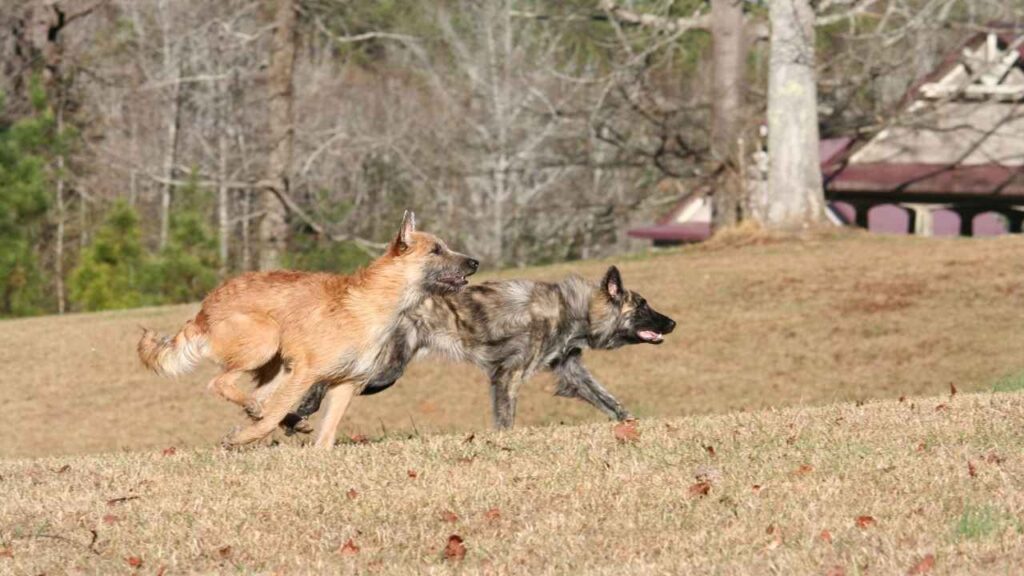
Meet the Belgian Shepherd —a four-legged overachiever who treats avalanche rescue like it’s the Olympics and they’re aiming for gold and belly rubs.
Belgian Shepherds (specifically the Malinois and Tervuren varieties) are intelligent, hyper-focused, and basically born with a search-and-rescue backpack.
Their high drive and laser-sharp noses make them incredible at locating people buried beneath the snow, often in conditions that would make most of us cry into our hot chocolate.
Why Belgian Shepherds?
These avy dogs love to work. If you give them a task—like sniffing out a skier under six feet of snow—they’ll treat it like their personal mission from the dog gods.
Their dense double coat keeps them toasty in freezing temperatures—no snow booties required (but they’ll still rock them if it ups their cool factor).
Belgian Shepherds form deep bonds with their handlers. So when their human says “Find!” they go full hero-mode. No questions. No complaints. Just zoom.
This active, versatile nature makes them outstanding companions for running, hiking, and even biking alongside their owners. They excel in canine sports like agility, tracking, herding, and obedience competitions, where their intelligence and drive truly shine
While they might look like runway models in tactical gear, these dogs are all about action. Avalanche rescue teams love Belgian Shepherds for their combination of physical stamina and mental toughness—they won’t stop searching until their job is done (or until someone finally throws that tennis ball).
Conclusion
Dog breeds trained for avalanche rescue—typically high-energy, intelligent pups like German Shepherds and Labradors—play a vital role in mountain safety. From puppyhood, training begins with rescue drills, learning to locate a buried person by particular odor or avalanche beacon signals, often inside snow caves or beyond ski area boundaries. These dogs learn to stay focused while maneuvering deep snow in high-energy environments.
Working with human handlers, often part of ski patrol or the patrol team, they’re trained to be comfortable navigating the backcountry and even riding lifts. With avalanche rescue certification, after about two seasons, they become an essential component of local search operations, especially where avalanche risk is high. Thanks to advances like heat-sensing drones and evolving safety technology, these heroic canines continue saving lives, often long before other tools can respond. Their first responsibility? Be ready. Always.


